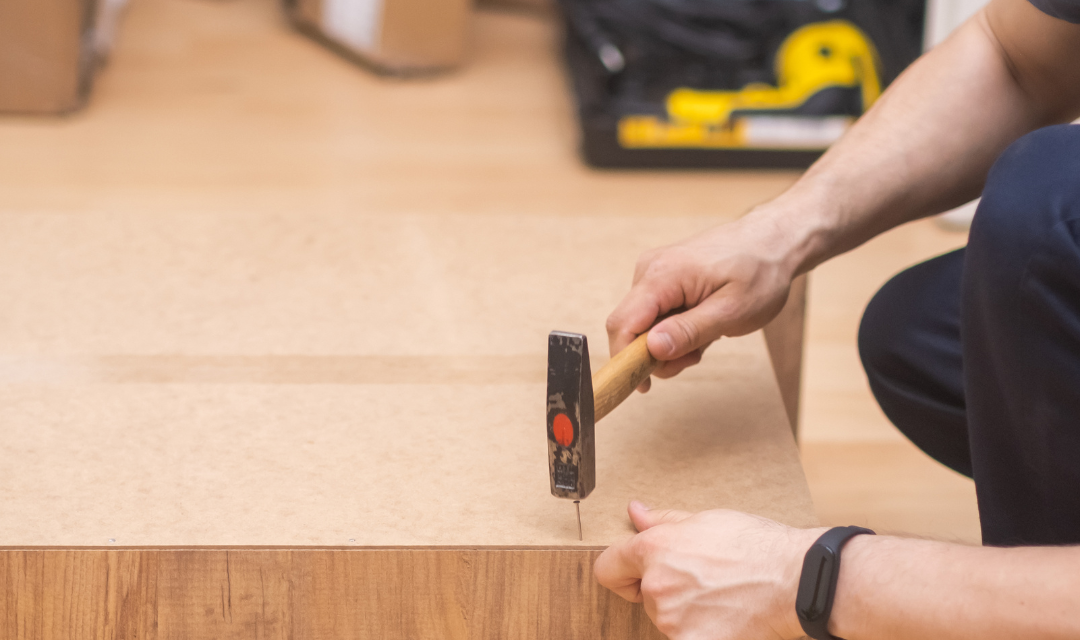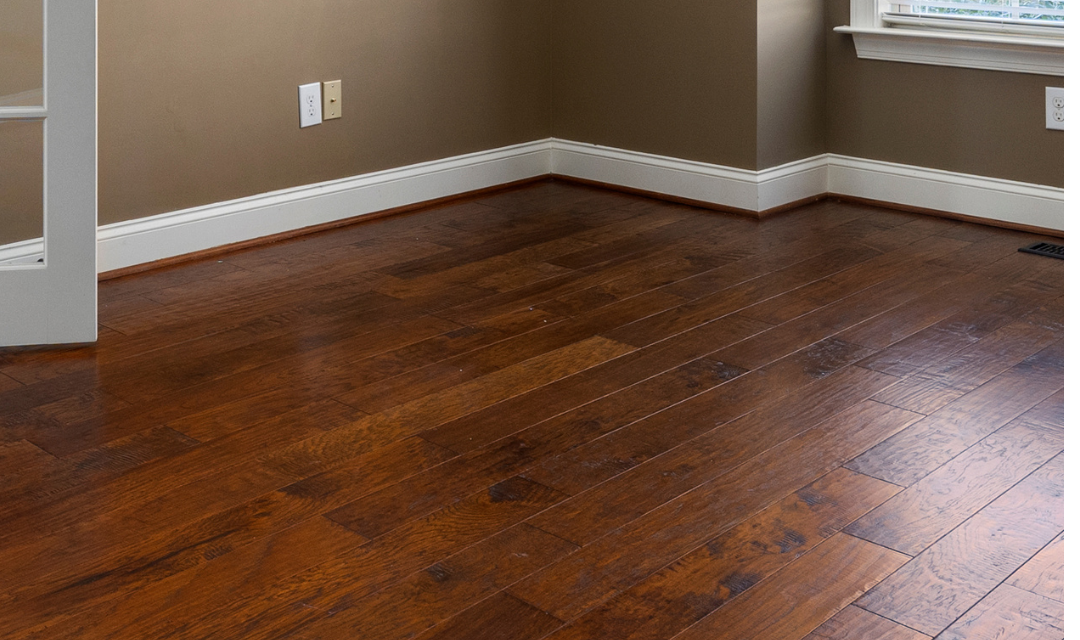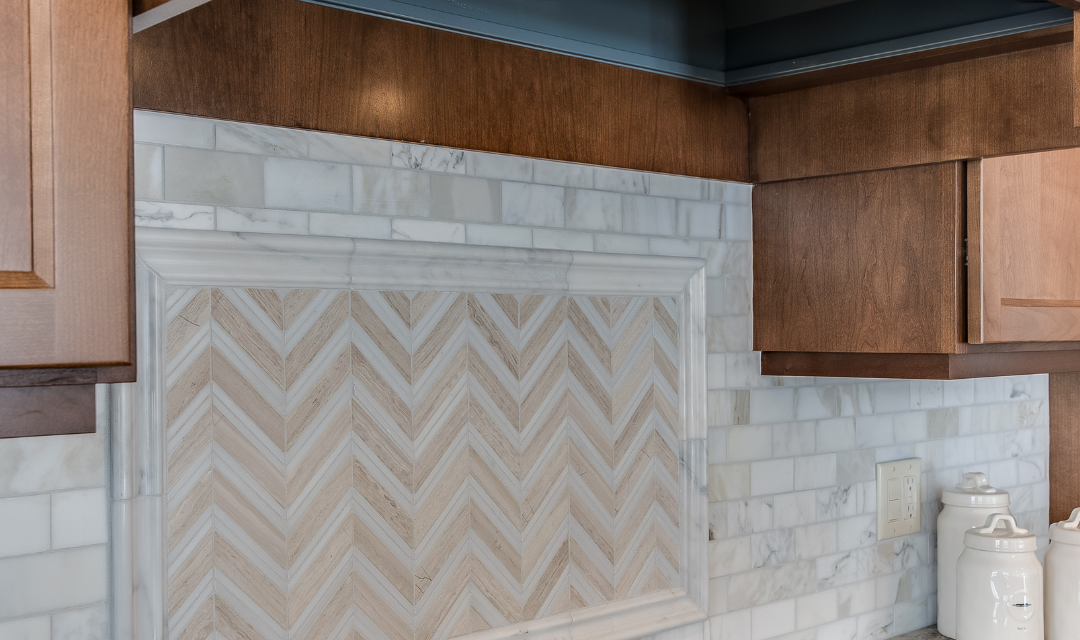
Furniture assembly can be rewarding, but it often comes with its fair share of challenges. Whether you’re a DIY enthusiast, a homeowner settling into a new space, or a contractor, tackling flat-pack furniture can quickly turn from fun to frustrating. From confusing instructions to not having the right tools, furniture assembly can become a time-consuming task without proper guidance.
This guide will walk you through common assembly challenges and provide the tips and tools you need to ensure your furniture is built right the first time.
Common Challenges in Furniture Assembly
Here are some of the hurdles many face when assembling furniture, along with ways to overcome them.
Confusing Instructions
Most furniture comes with manuals that are either poorly written or overly technical. Missing steps or unclear diagrams can complicate even the simplest assembly process.
Solution: Start by carefully reviewing the instructions before beginning. Look for online videos or tutorials that explain the process if the manual isn’t helpful.
Missing or Mismatched Parts
Nothing is more frustrating than opening a kit to find missing screws or misaligned holes.
Solution: Before starting, lay out all the pieces and confirm they match what’s listed in the parts list. If something is missing, contact the manufacturer immediately.
Difficulty with Complex Mechanisms
Mechanisms like sliding drawers or folding components can be tricky to align correctly.
Solution: Take your time with these steps. Pre-fit components before tightening anything, and double-check the alignment as you go.
Over-Tightening Screws
It’s easy to strip a screw or damage the furniture when you’re overzealous with the tightening.
Solution: Hand-tighten screws until snug but avoid forcing them. If using a power drill, set it to a lower torque setting.
Lifting Heavy Pieces
Trying to assemble heavy furniture alone can be both challenging and unsafe.
Solution: Always ask for help when lifting or positioning heavy items. Alternatively, work on smaller sub-assemblies before combining them to reduce strain.
Misreading Diagrams
Poorly designed diagrams are a common cause of assembly errors.
Solution: Refer to every piece and matching label carefully. If the diagram is unclear, search for assembly videos online—many manufacturers upload visual guides for their products.
Tools You’ll Need for Furniture Assembly
Having the right tools can make all the difference. Here’s what you’ll typically need for most projects.
Essential Tools
- Screwdrivers: Both flathead and Phillips head screwdrivers are crucial for tightening screws.
- Hammer: Great for securing wooden dowels or tapping parts into place. Use a rubber mallet for more delicate pieces.
- Pliers: Useful for gripping and turning small components.
- Allen Wrenches: Essential for many flat-pack builds, as most come with these included. A universal Allen key set can be a lifesaver.
Optional but Useful Tools
- Power Drill: For faster assembly—particularly with large or complex furniture. Make sure to use the right drill bits and keep the torque setting low.
- Rubber Mallet: Ideal for avoiding damage when tapping parts into position.
- Measuring Tape and Level: Ensure proper alignment and placement.
- Furniture Sliders: These help with moving heavy items easily across floors without damage.
Tips for Smooth Assembly
Here are some expert hacks to keep frustration at bay and get your furniture assembled correctly.
- Set Up a Clear Workspace
Work in a spacious, well-lit area with enough room to lay out all the parts. A clean space reduces the risk of losing small screws and accessories.
- Organize Every Piece
Before you start, organize all parts and tools. Match screws, bolts, and hardware to their labeled sections in the instructions for quick access.
- Follow the Sequence
Follow steps in order—skipping or jumping ahead often means reassembly later.
- Build on a Flat Surface
Uneven floors or unstable tables can cause alignment issues, leading to wobbly furniture.
- Work Slowly and Carefully
Rushed assembly often leads to mistakes or damages. Take your time to ensure parts fit perfectly.
- Seek Help When Needed
Don’t hesitate to ask a friend or family member to help, especially for large or heavy builds.
Final Touches
Always inspect your finished product. Make sure every screw is secure and parts are stable. For furniture with drawers or moving parts, test them thoroughly to ensure smooth operation. Lastly, wipe down your newly assembled piece to remove any dust or fingerprints.
The Bottom Line
Furniture assembly doesn’t have to be a frustrating chore. Clear instructions, the right tools, and a methodical approach can simplify even the most complex projects. By taking the time to prepare and assemble carefully, you’ll ensure a stable, long-lasting piece you can be proud of.
Whether you’re assembling furniture for your living room, bedroom, or office space, these tips will guide you to success. And remember, when in doubt, take a breath and revisit the instructions—slow and steady wins the assembly race!
continue reading
Related Posts
Painting is one of the easiest and most cost-effective ways
Vestibulum ante ipsum primis in faucibus orci luctus et ultrices posuere.
Curabitur non nulla sit amet nisl tempus convallis quis ac lectus mauris.




